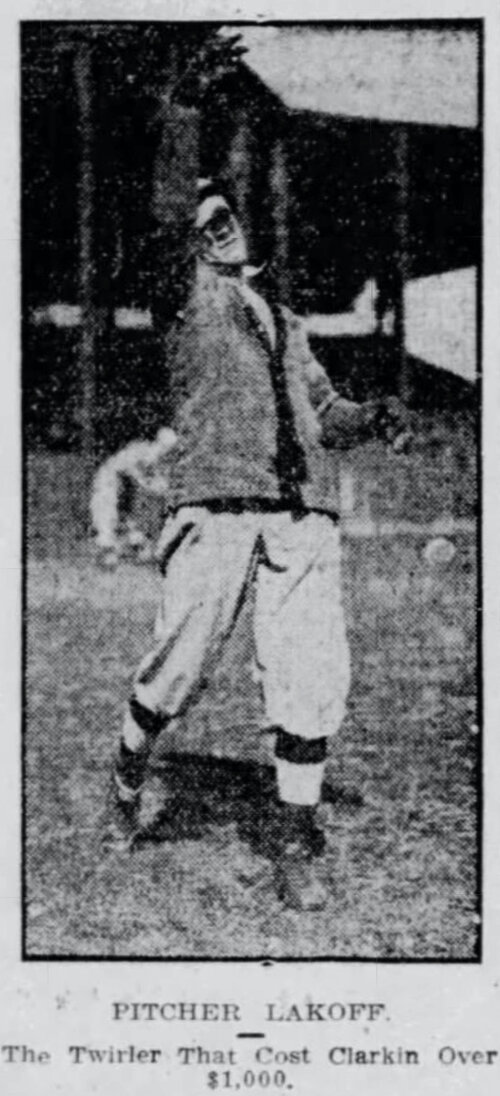A long lost baseball park in the South End of Hartford, Connecticut, once hosted Ty Cobb, Babe Ruth, hometown professionals and local amateurs. Wethersfield Avenue Grounds, also referred to as Hartford Baseball Park or the Hartford Grounds was built in 1896. Hartford Base Ball Club owner and manager, William Barnie, led the construction of a grandstand, 150 feet wide and 20 feet tall. Then in 1905, James H. Clarkin purchased the Hartford Senators of the Connecticut State League and leased Wethersfield Avenue Grounds. At that time, the Hartford Courant praised the baseball diamond as “the finest in this section of the country.”





Including home stands of the Hartford Senators, thousands of games were played on the skin diamond at Wethersfield Avenue Grounds. High demand in the venue caused improvements and renovations on several occasions. The first remodel came after the Senators won a pennant in 1909. The following spring Wethersfield Avenue Grounds boasted a new ticket office, a concessions stand and carpeting in the clubhouse. Senators Manager Bob Connery expressed his pleasure with the upgrades and the ballpark became a destination for the game’s biggest names.





In the summer of 1916, the infamous Ty Cobb delighted a Hartford crowd fans at Wethersfield Avenue Grounds. Cobb guest starred for the visiting New Haven Colonials at first base and relief pitcher against the semi-professional Hartford Poli’s. Alongside Cobb on the Colonials was Torrington High School alumnus and Philadelphia Athletics shortstop, Joe Dugan. The Colonials shutout the Poli’s 7-0. Cobb would return to Hartford in 1918, though his visits would be overshadowed by another great slugger.

In 1918 and 1919 the one and only Babe Ruth played at Wethersfield Avenue Grounds as part of his annual barnstorming tour. Days after winning the World Series with Boston Red Sox, Ruth made his first appearance in Hartford on September 16, 1918. Ruth pitched the Hartford Poli’s to a 1-0 victory versus the Fisk Red Tops, by hurling a complete game shutout and allowing just four hits. He also batted third in the order, recording a single and double. The game drew a crowd of about 5,000 spectators and Ruth was paid $350 for his appearance.

In 1921, Owner Clarkin built a new ballpark a stones throw from Wethersfield Avenue Grounds. The new site was located at the intersection of Hanmer Street and George Street off of Franklin Avenue in South Hartford. Dubbed Clarkin Field, the new grandstand of steel and concrete wrapped from foul pole to foul pole. The park was completed in 1921 and baseball at Wethersfield Avenue Grounds finally came to a close.






























































































































































































































































































































































































